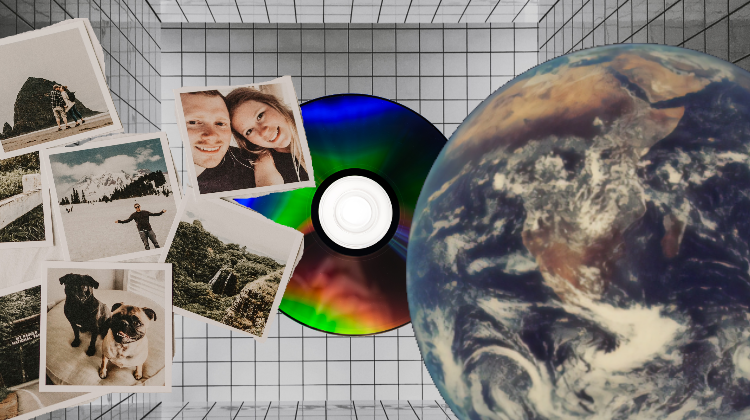
Imagine if you could upload all of your photographs, videos, and sound clips to the internet cloud, then navigate through them across space and time within a virtual environment. Now imagine if everybody in the world could upload their multimedia files to a single virtual environment for anyone to view. It would become a massive database of multimedia and populate an everchanging virtual world that anyone can explore.
Every picture, video, and sound file would also include location, time, and orientation information, so the file can be integrated fully into the virtual environment. That way, if people took pictures of both the front and back of the Statue of Liberty, you could see the pictures of the front when you stand in front of it in the virtual world, but see the pictures of the back when you move to the back of the Statue of Liberty in the virtual world.
As you move through the virtual world, you will see pictures and video of anything viewable from your location, and hear sounds of anything you can hear from your location. There will also be a timeline slider where you can move backward or forward in time, seeing only media applicable to the time you’re in.
If enough data is loaded into the system, you could wander through a modern Tokyo, then jump back to Tokyo circa 1985 with the click of a button.
The system could also be populated with documents accessible at certain locations within the virtual world like libraries. People could create new media and documents to place in the world, but newly created items can only be placed into the modern time period. This virtual world will be modeled after the real world, and it will be as vast as the real world.
Effectively, this virtual environment will operate as an internet, perhaps with a catchy name like Web 4.0.
Leave a Reply